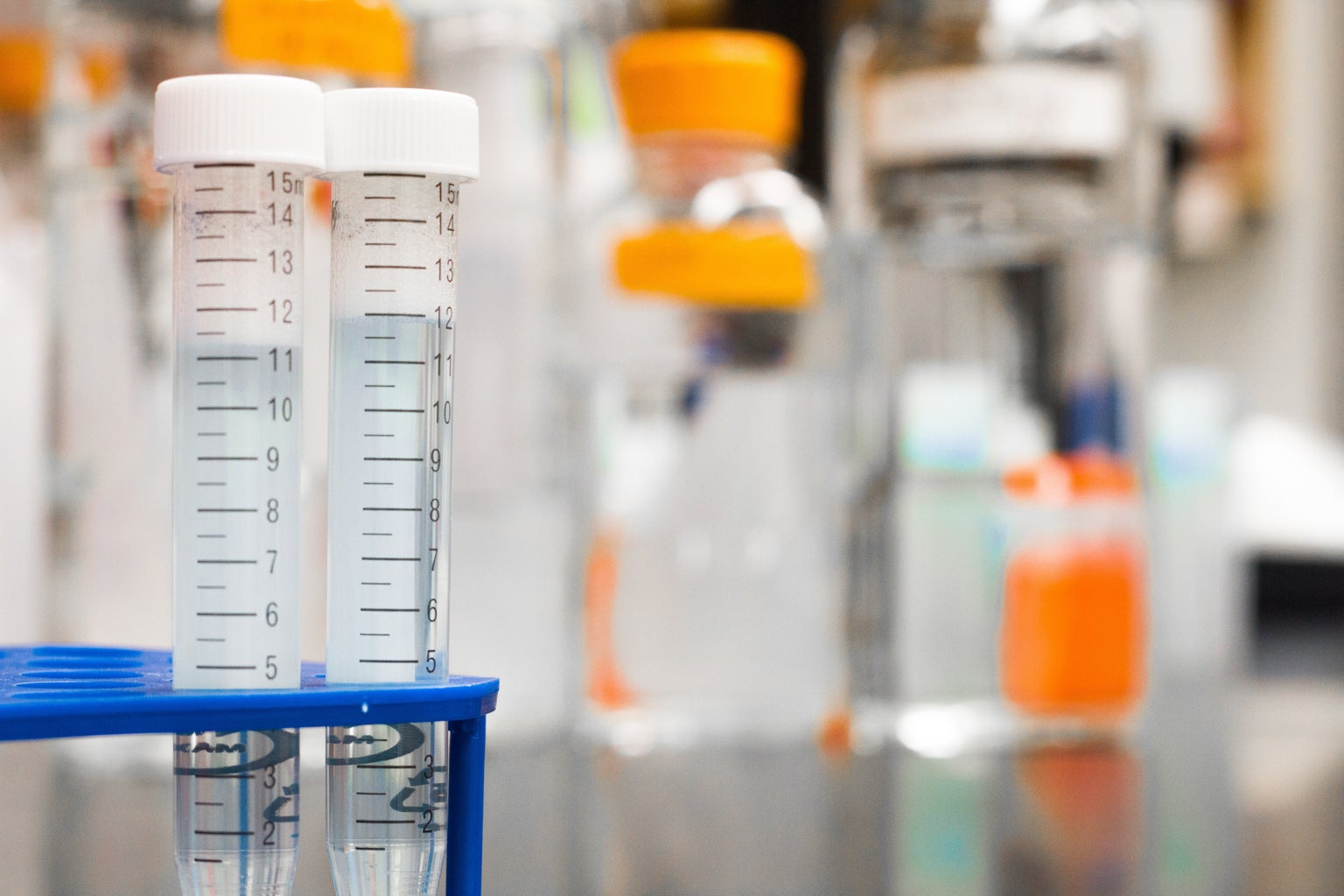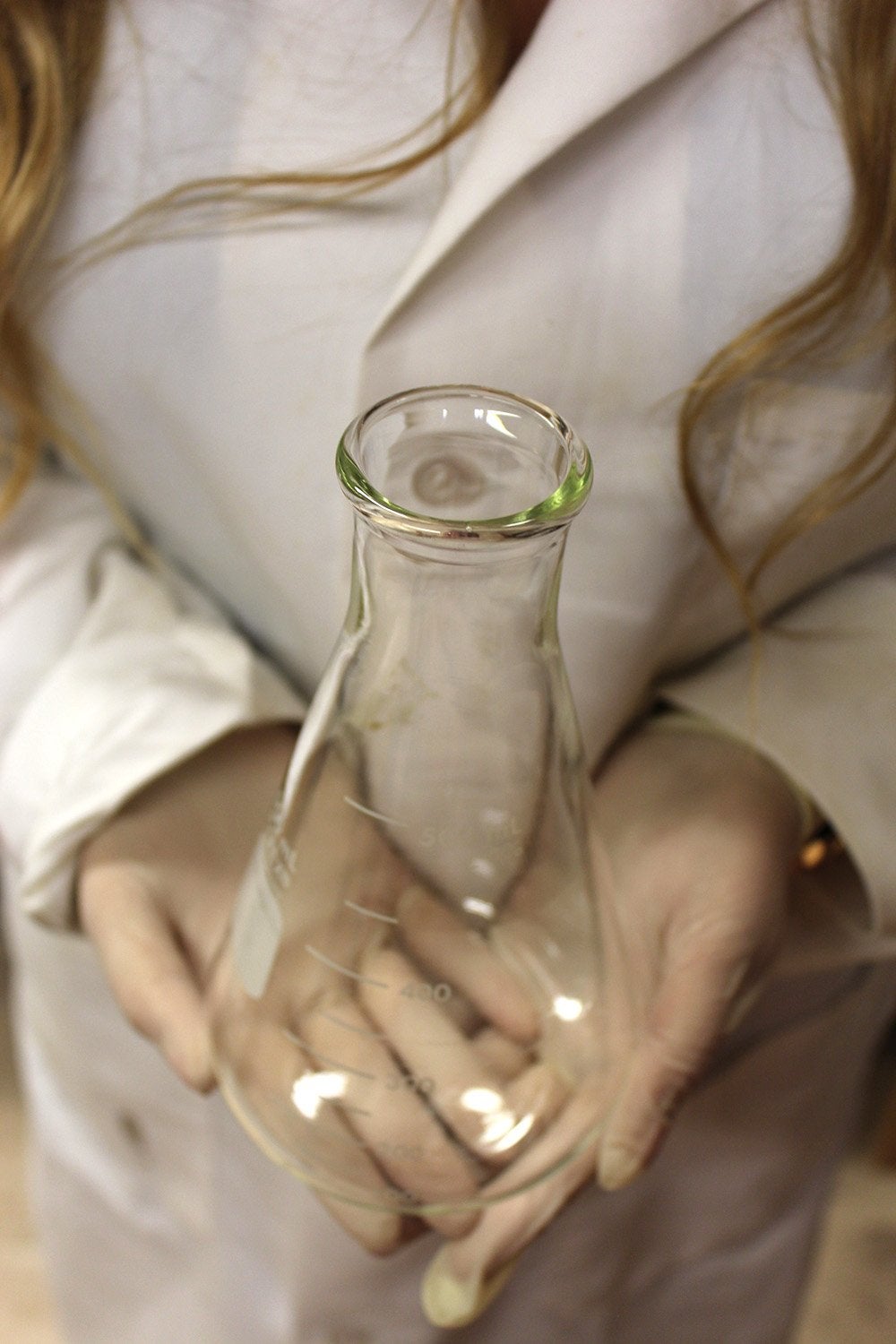- Ada Lovelace wrote the first algorithm to be processed by a machine.
- Grace Hopper was the creator of the programming language high-level Flow-Matic, which was the basis for developing the most widely used programming language in the world today (COBOL).
- Hedy Lamarr created a communication system for the Armed Forces of the USA that would serve as a basis for the creation of Wi-fi and cellular telephony.
- Katherine Johnson was a mathematician, physicist, and space scientist that calculated the trajectory of the mission Apollo 11- the ship that took the man to the moon for the first time.
- Valentina Tereshkova was the first cosmonaut woman to go to space.
- Elizabeth Fulhame was one of the first chemicals who invented the catalysis concept and discovered photoreduction.
Many women passed through our history and have been forgotten. Today, the statistics show that there is a gender gap when we talk about the professional participation of women in exact sciences: Brazilian Computer Society (SBC, in Portuguese), presented the fact that only 15% of the students enrolled in engineering and computer science courses are women. However, they still exist and resist, defying this erroneous concept that women will always prefer human sciences because of their more “empathic” personalities.

Mariangela Serrano, senior manager of the quality area in the chemical industry GlaxoSmithKline (GSK), is an example: “I’m from the countryside of Rio de Janeiro, a city with only five thousand people. So, in my city, you could get married or be a teacher. And I always wanted to be pharmaceutical, since I was a little girl. One of the opportunities I saw to do this was moving to another city to do a technical school with a specialization in chemistry. I was the only girl in a group of ten boys — my friends — that were about to do this exam as well. It was the first barrier I won: leaving a small city, where it was unusual for girls to leave to study and pass for a technical school. Then, I made vestibular (Brazilian college entrance) and, from this, started in the industry as a trainee“.
When asked about the obstacles inside a place with a lot of men, she says that had luck “to find people in my life that, regardless of sex, always encouraged me“. Despite this good fortune, she also recognizes the gender gap inside the chemical industry: “I come from a time that companies didn’t have what it does today: this concern of being inclusive in a general way — not only with women but mostly with homosexual people. I’ll always think we should be measured by our performance. In my company [GSK], they have markers that show the rate of women in leadership positions, considering this blank, for inclusion. It’s a start to build a critical mass of women“.
Inside the labs, with white lab coats, the image that comes to our head is, inevitably, a crazy scientist man, however, Brazilian women are today, world leaders in scientific publishing and wrote 49% of all articles of the country, according to the Elsevier report. So, where are they? I ask myself, analyzing the lack of representation in our society today. Mariangela says that “it is a journey because the world, in general, still has this difference. Yet, today, on my leadership team, we’re twelve people and six of them are women. Fifty percent of my group. The mix is healthy, the set is really good and necessary.”
Women studying exact science
Leaving the corporate world, we have Jaqueline Jeremias, a chemistry teacher who graduated from USP. She tells us a little about her experience in the academic space and her professional qualification: “In my class, there were more men, but I think not much — it was like 60% of men and 40% of women. It’s interesting because I came back a few years later and it was noticeable how everything changed: chemistry is much more colorful today. I started as a teacher giving small classes [periods of time that students share their doubts] in prep school and took about five years to take real classes there because doing this transition takes some time. Normally, for the guys, this path is quicker — they usually stay one or two years doing this“.

A constant thing inside the school is doing Olympics competitions, such as math and Portuguese. When girls start to enter puberty, their participation decreases and the majority stays with boys. Jaqueline explains why this happens: “They have to deal with a lot of prejudice, begin to worry about other people’s opinion and end leaving some passions. Girls are too afraid of judgment, reproof, or some boy interrupting what they speak because mansplaining is a real problem. I try to use compliment practice all the time, with the view to empower them in a way they don’t have fear of asking because they don’t have this confidence“.
Sexism is really strong in these spaces, since women are normally related to kids’ areas inside the school, not teenagers, and she tells us some things she passed during all this time giving classes: “In a school, I worked, students could go with the clothes they wanted. I heard male teachers doing commentaries such as: ‘did you see the jeans short that schoolgirl is using today? It’s hard to concentrate with that’ or ‘and the student of the senior year who was eating a banana on the second chair?’. It’s a real dirty thing. I keep in contact with some girls of this school and they told me that those teachers call them to go out, until today“.
“Once, when I was giving classes in prep school, I taught two classes a week. A really close friend of the coordinator, who still was in their second year of university, took my sector instead of the smallest one, even though he was young and had less experience than me. The excuse the coordinator gave: it was the way they found to adjust the schedule. So the schedule fits better if I gave the sector fewer classes. I accepted because it was my job, but do you see these small things they do and demotivate you?“, remembered.
And the bad experiences kept going. “I’m about to tell you my worst experience inside the classroom: in that time, I always used a tank top and dress shirt. My dress shirt was open and a girl called me. I thought it was doubt and went close to her, but she whispered in my ear ‘your cleavage is showing’. I closed all the buttons, automatically, and went up on the little stage again. When I did this, all the boys started to scream, asking out loud ‘who warned?’. I turned to the blackboard and listened to one of them say ‘I’m paying’. I left the classroom and waited until the class ended. The coordination didn’t have firmness with the students and I had no power, besides the fact they were all really rich. I knew nothing was going to happen“.
In front of this tough reality of the high school female teachers, Jaqueline Jeremias gives us a piece of advice to encourage girls who want to follow the path of exact sciences. She says that is a “matter of conscience. Be constantly asking themselves: Is this a place I want to be? I’m not going through this path because I don’t like it or because I think it’s not for me? I think we would have many more girls in the exact sciences if they had these reflections and never leave anyone to tell that this isn’t for you“.
If you are a woman interested in this area and want to be seen, there are a lot of programs that incentivize your development as a science woman, such as Rosalind Franklin Society, Bill & Melinda Gates Foundation, and L’Oreal – ABC – Unesco for women in science. This journey is for you too!
—————————————————————————
The article above was edited by Helena Leite
Like this type of content? Check Her Campus Casper Liberos’s home page for more!


